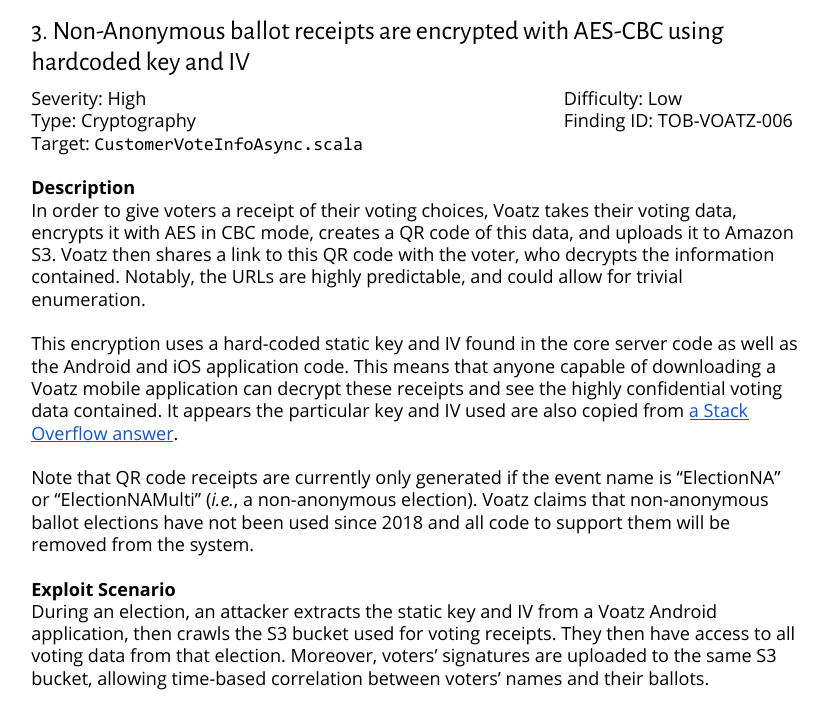(I've found it in nearly every app I've ever audited under a privacy preserving risk model)
Browsers think auto-loading remote resources is a feature, and while there is some momentum to change that it isn't happening anytime soon.
Have otherwise robust privacy-preserving apps been screwed up by random elements parsing html...oh have they ever.
Random UI element can parse HTML (usually by default)
Some untrusted input finds its way into the element
Even in html subsets img tags are usually around
UI automatically attempts to fetch the image
IP address leak to random server.
New features will always take priority above security concerns. Mistakes happen. A robust app has to be designed to expect and defend against such mistakes.
The complexity of modern application attacks means that the number of ways this can happen is forever growing.
Sadly those evolution were based on designs that ignored privacy as a primary concern.
Disable frontend networking, Explicitly use plain text elements, Chokepoint filtering, Template engines etc.
If you are advertising your app as a privacy app & you haven't considered this, you really need to.






